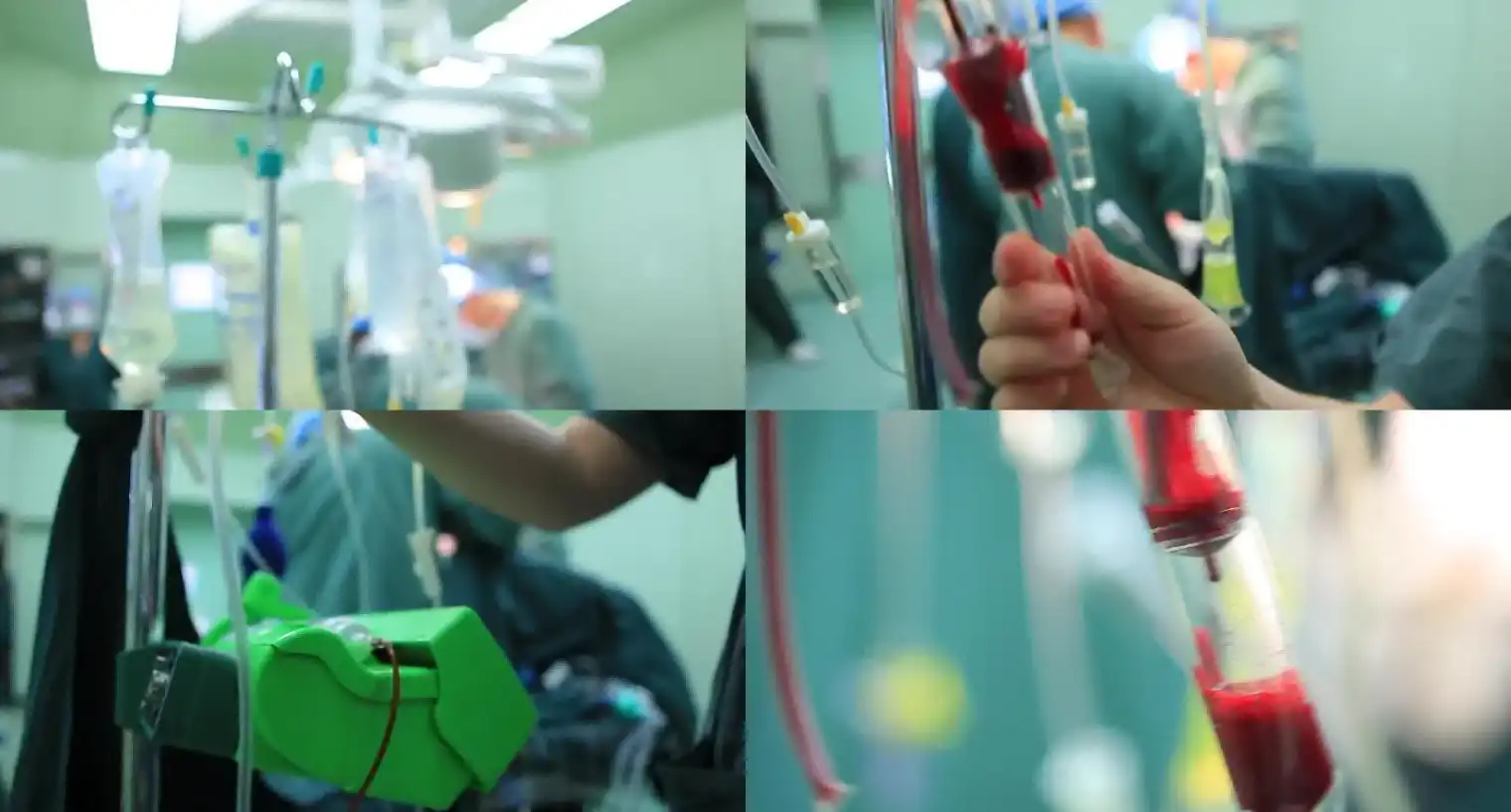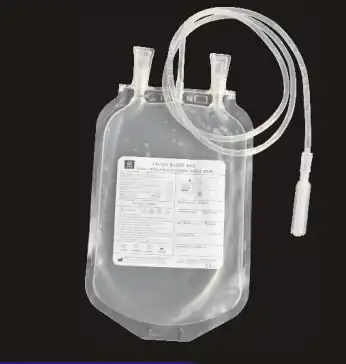In the world of medicine and transfusions, the humble blood bag plays a crucial role. You might have seen them in hospitals, clinics, or perhaps during a blood donation drive, and wondered: just how much blood do these single blood bags hold? Let's explore this essential aspect of modern healthcare.

The Standard Sizes of Single Blood Bags
Single blood bags come in a few standardized volumes, each designed to meet specific medical needs. The most common size you'll encounter is the 450-milliliter bag. This is the typical amount collected during a routine blood donation.
When a donor rolls up their sleeve to give blood, the phlebotomist will draw approximately 450 ml of whole blood into one of these bags. This volume is carefully chosen as it allows for an adequate supply of blood components while also ensuring the safety and comfort of the donor. After all, donating blood should be a manageable experience, and this amount strikes a balance.
Another frequently used size is the 250-milliliter bag. These are often utilized in pediatric transfusions or when a patient only requires a smaller volume of blood due to their specific condition. For example, a young child undergoing surgery may not need the full amount from a standard 450-ml bag. The 250-ml option provides just the right quantity to support their treatment without overloading their delicate circulatory system.
Why These Specific Volumes?
The determination of these particular volumes isn't arbitrary. It's based on years of medical research and practical experience. The 450-ml size was settled upon because it's enough to be therapeutically useful in most adult transfusions. It can be further processed into its various components, such as red blood cells, plasma, and platelets, which can then be used to treat different patients with diverse needs. From a logistics perspective, it also makes it easier to manage the inventory of donated blood. Hospitals can plan and allocate resources more effectively knowing that a significant portion of donations will be in this standard size.
For the 250-ml bags, the focus is on catering to the more vulnerable patient populations. Children, especially infants and toddlers, have much smaller blood volumes compared to adults. A full-size adult donation could potentially overwhelm their tiny bodies. By having the 250-ml option, medical teams can precisely match the amount of blood transfused to the child's size and requirements, minimizing the risk of complications.
The Importance of Accurate Volume Measurement
Accurate measurement of the blood in these single blood bags is of utmost importance. In a hospital setting, nurses and doctors rely on knowing precisely how much blood they are administering to a patient. Too little might not provide the necessary therapeutic effect, while too much could lead to fluid overload, especially in patients with heart or kidney problems. The markings on the blood bags are meticulously calibrated to ensure that healthcare providers can easily read and dispense the correct amount. This attention to detail is a critical part of the overall safety and efficacy of blood transfusions.
How Blood is Collected and Stored in Single Blood Bags

During the blood collection process, strict protocols are followed to ensure the integrity of the blood in the single blood bags. The bags themselves are made of special materials that are designed to prevent contamination and maintain the viability of the blood cells. Once collected, the blood is immediately cooled and stored under specific temperature conditions. For whole blood, it's typically stored at around 4°C. This low temperature slows down the metabolic activity of the cells, preserving their function until they are needed for transfusion. Platelets, on the other hand, are stored at room temperature with gentle agitation to keep them active, as they have a much shorter shelf life compared to red blood cells and plasma.
The Future of Blood Bags and Volume Considerations
As medical technology continues to advance, there may be changes in the standard volumes of single blood bags or the materials used to make them. Researchers are constantly looking for ways to improve the storage and transportation of blood, perhaps developing new bag designs that can better preserve the quality of blood components for longer periods. There's also a growing focus on personalized medicine, which could mean even more precise volume requirements based on individual patient genetics and conditions. In the coming years, we may see further refinements to ensure that every drop of donated blood is used to its fullest potential.
Shaanxi Miaokang Medical Technology Co., Ltd had R&d and produce Single blood Bags
is a comprehensive integrator engaged in medical instrument research and development, sales, medical technology research and promotion, and investment in medical institutions. The main research and development of medical ozone therapy equipment, extracorporeal shock wave therapy equipment and other products.
If you had any questions,feel free to contact us:Cathy@miaokang.ltd
In conclusion, the amount of blood in single blood bags is a carefully considered aspect of modern healthcare. From the standard 450-ml bags used in adult transfusions to the 250-ml bags for pediatric cases, each volume serves a specific purpose. By understanding these details, we can appreciate the complexity and importance of the blood transfusion process and the role these seemingly simple bags play in saving lives. Whether you're a potential blood donor or simply curious about medical science, knowing about the volumes in blood bags gives you a peek into the world of lifesaving medicine.






